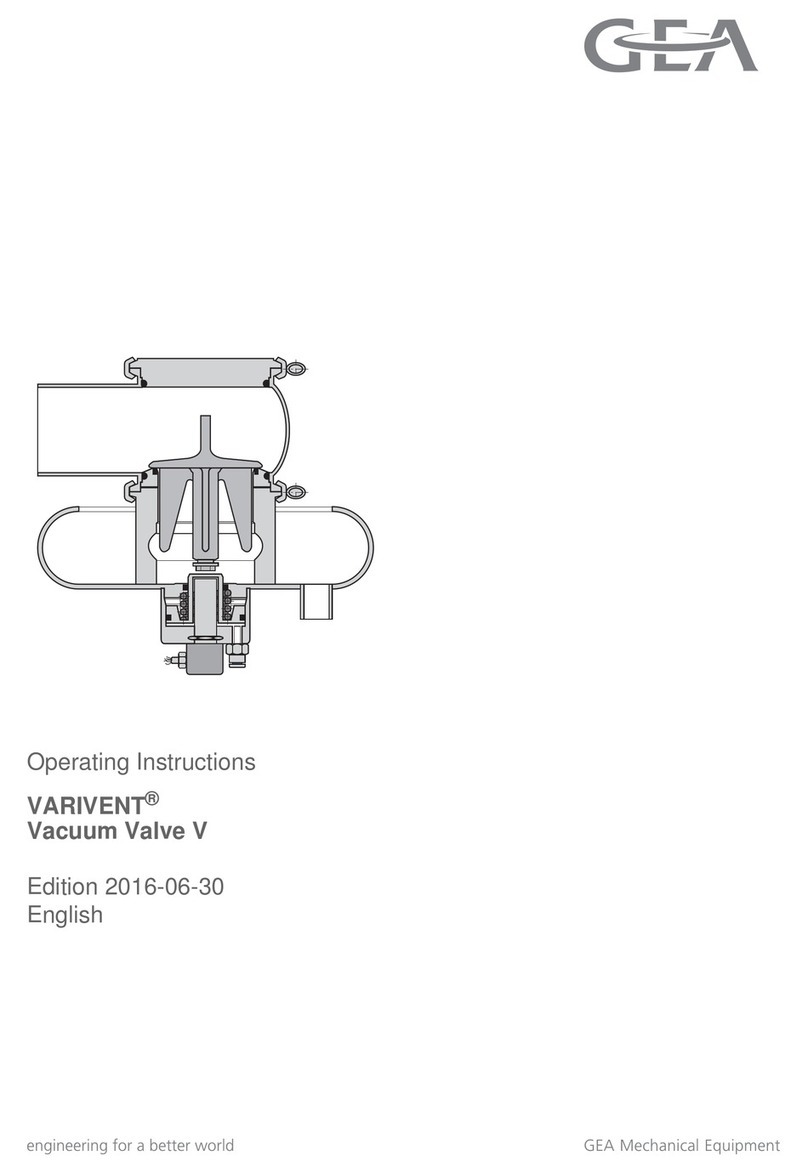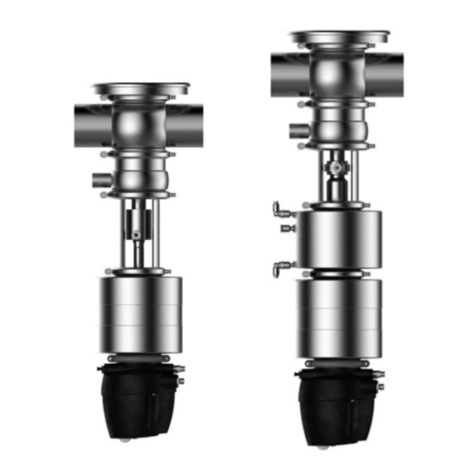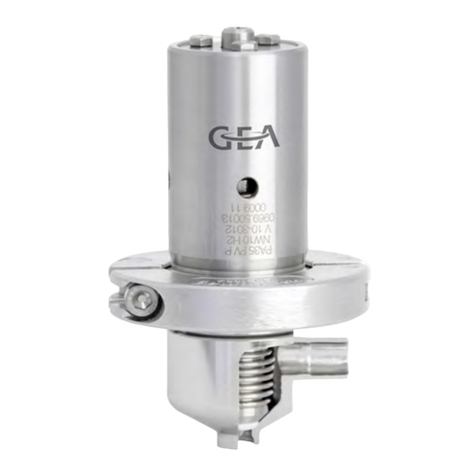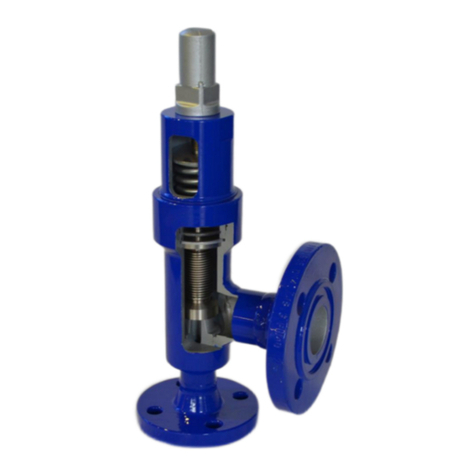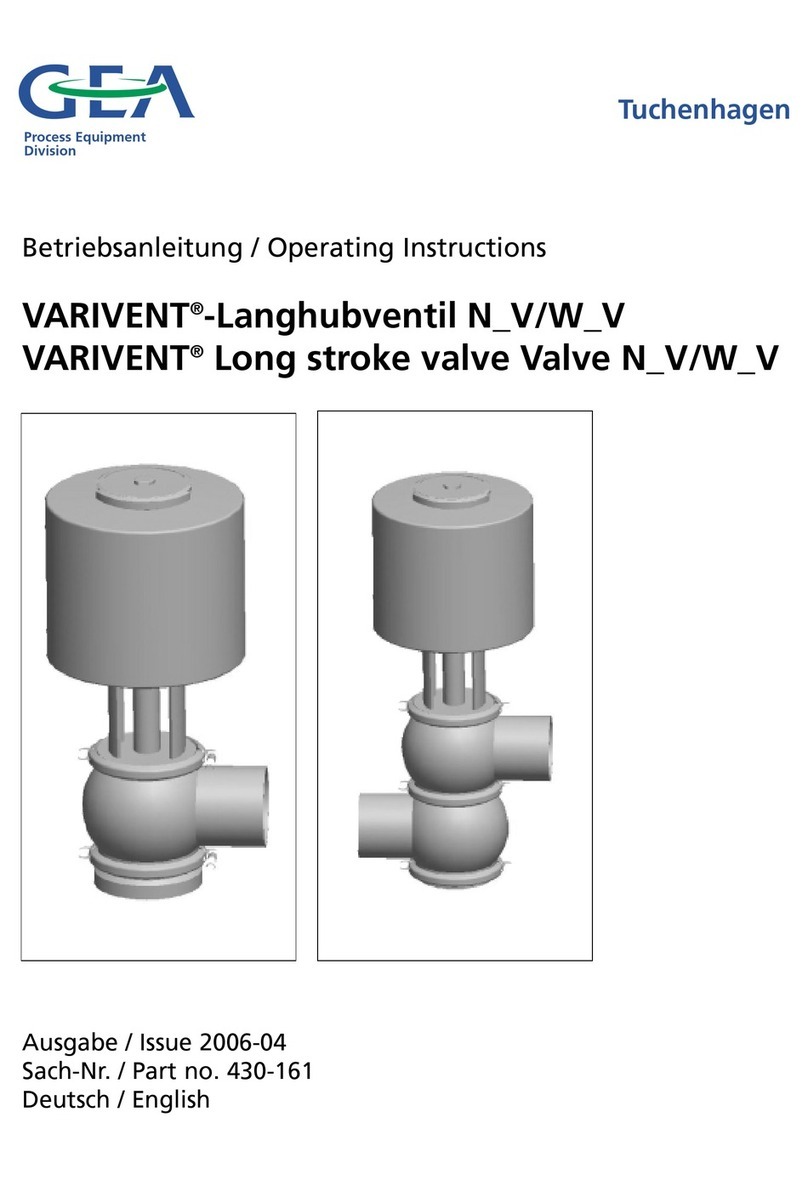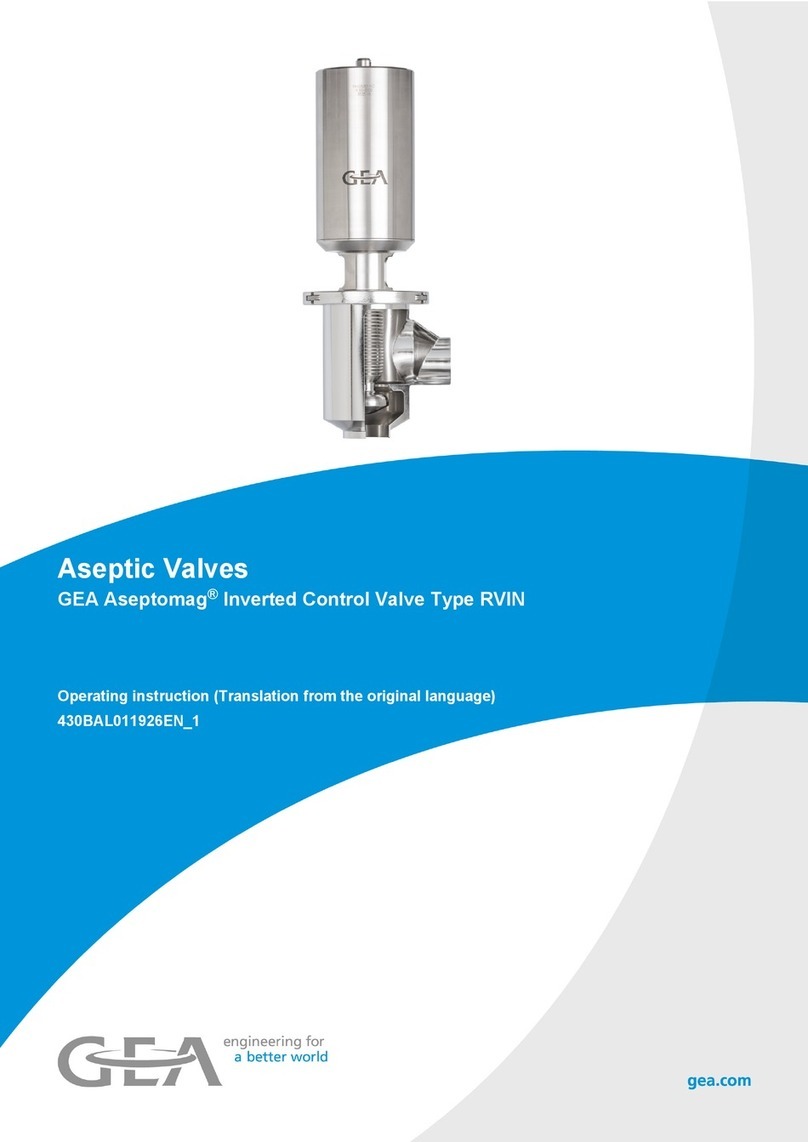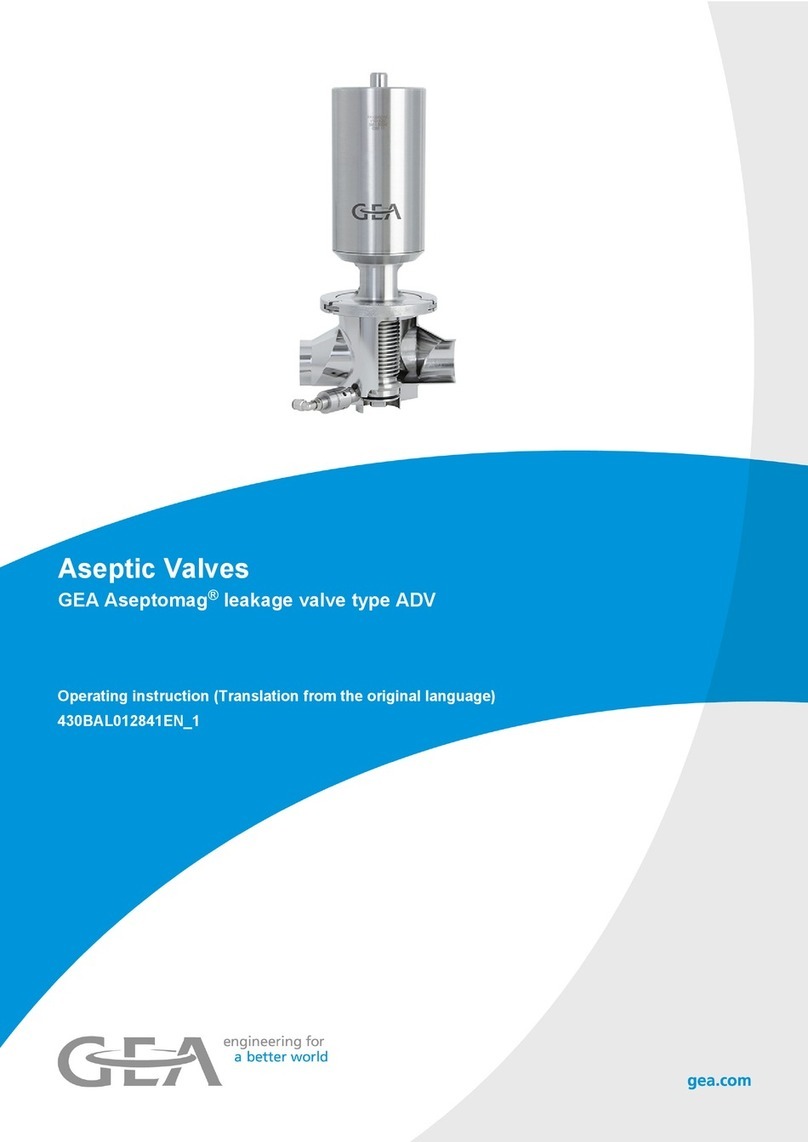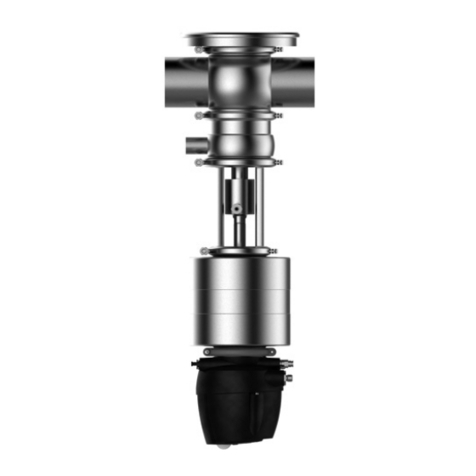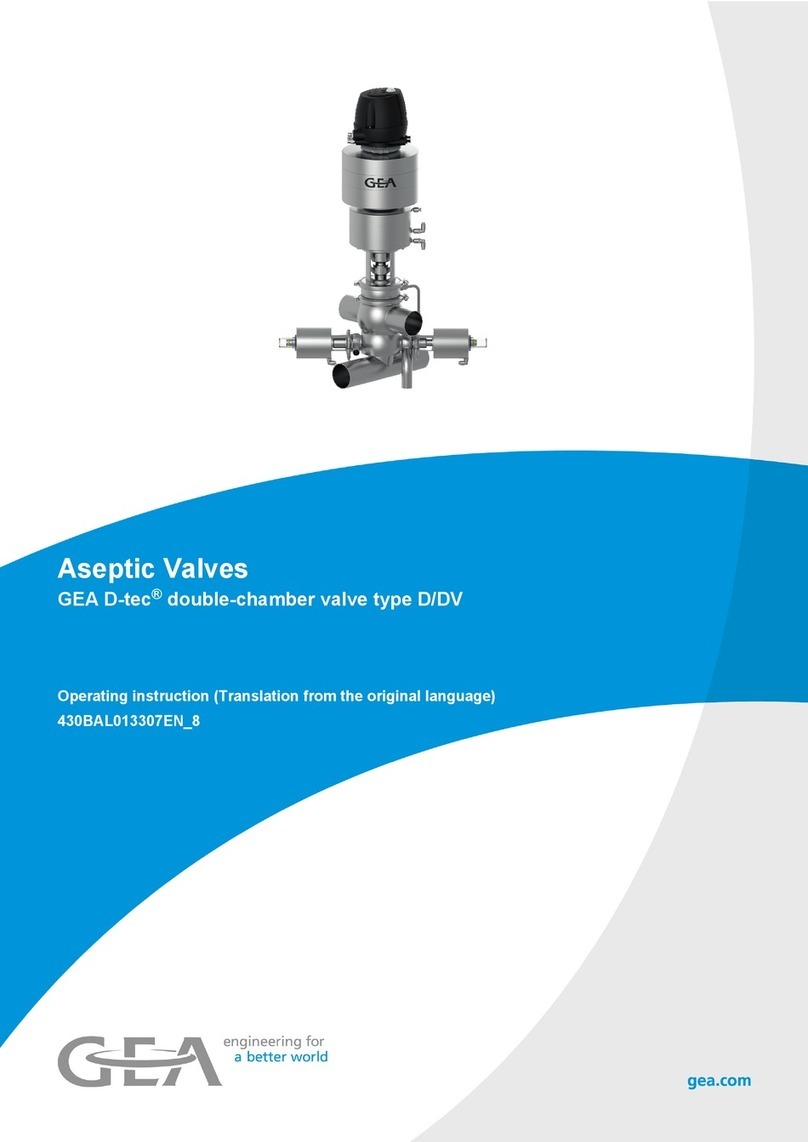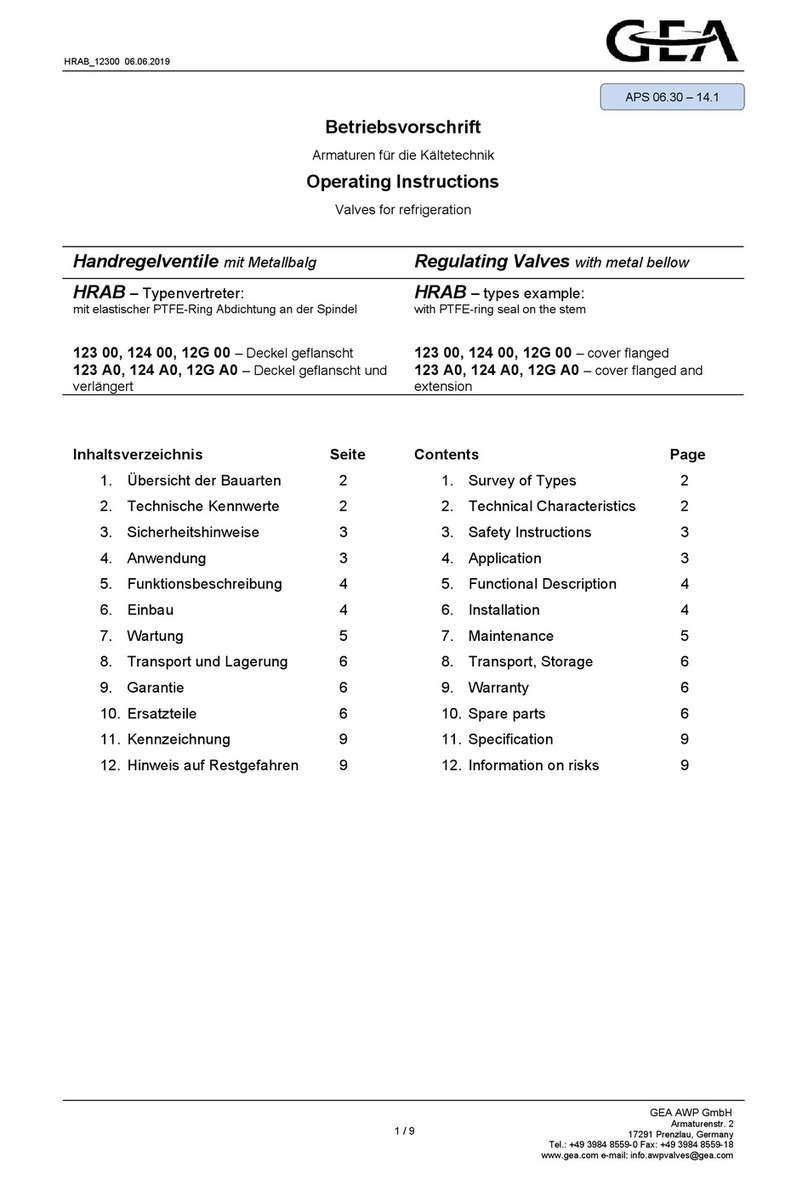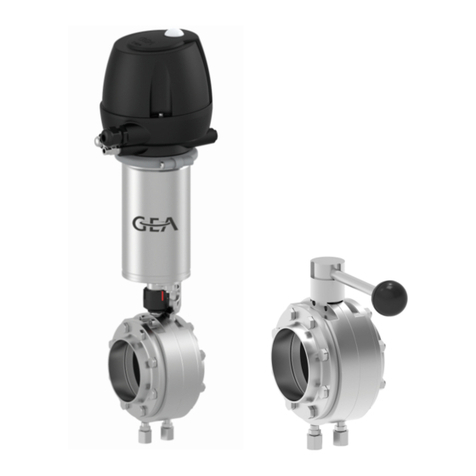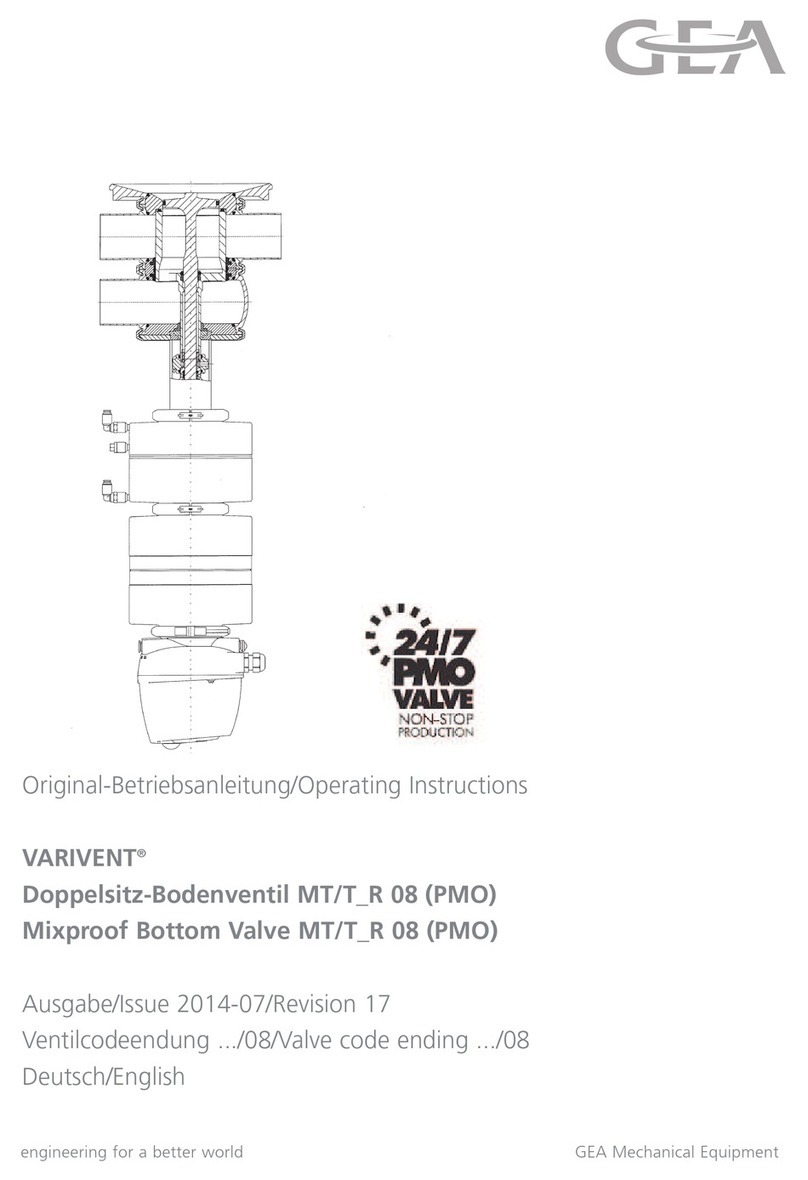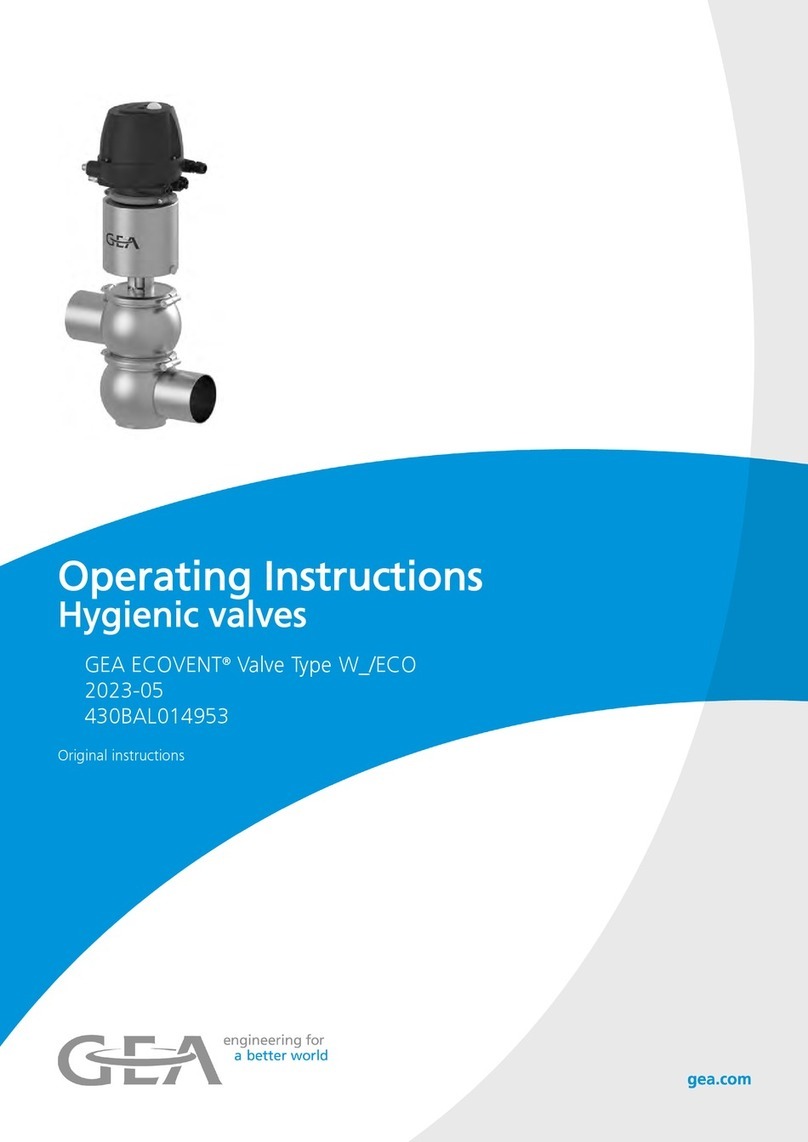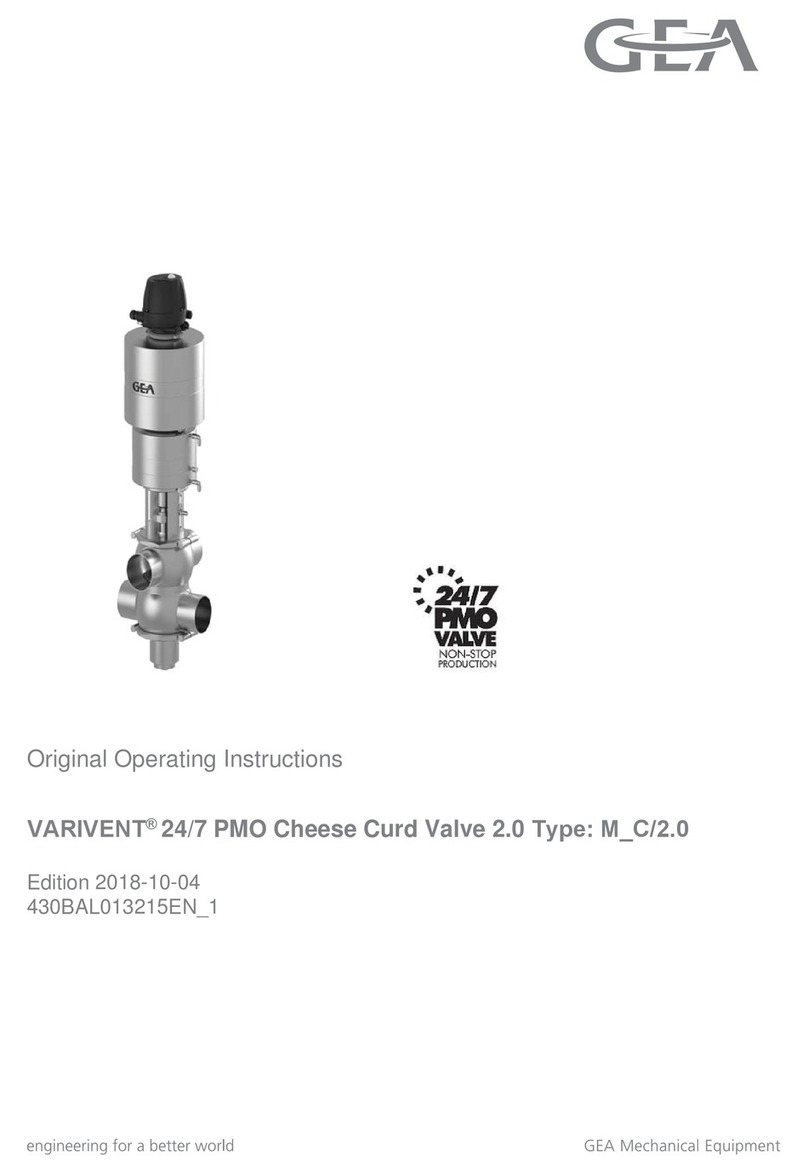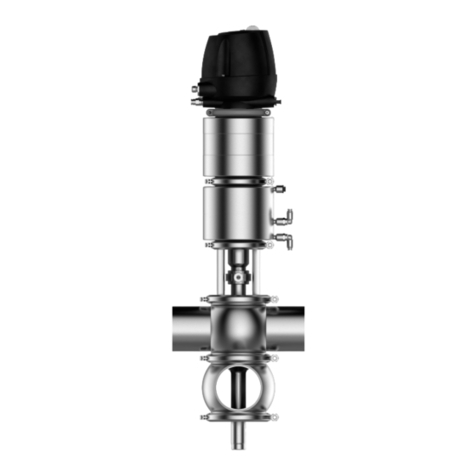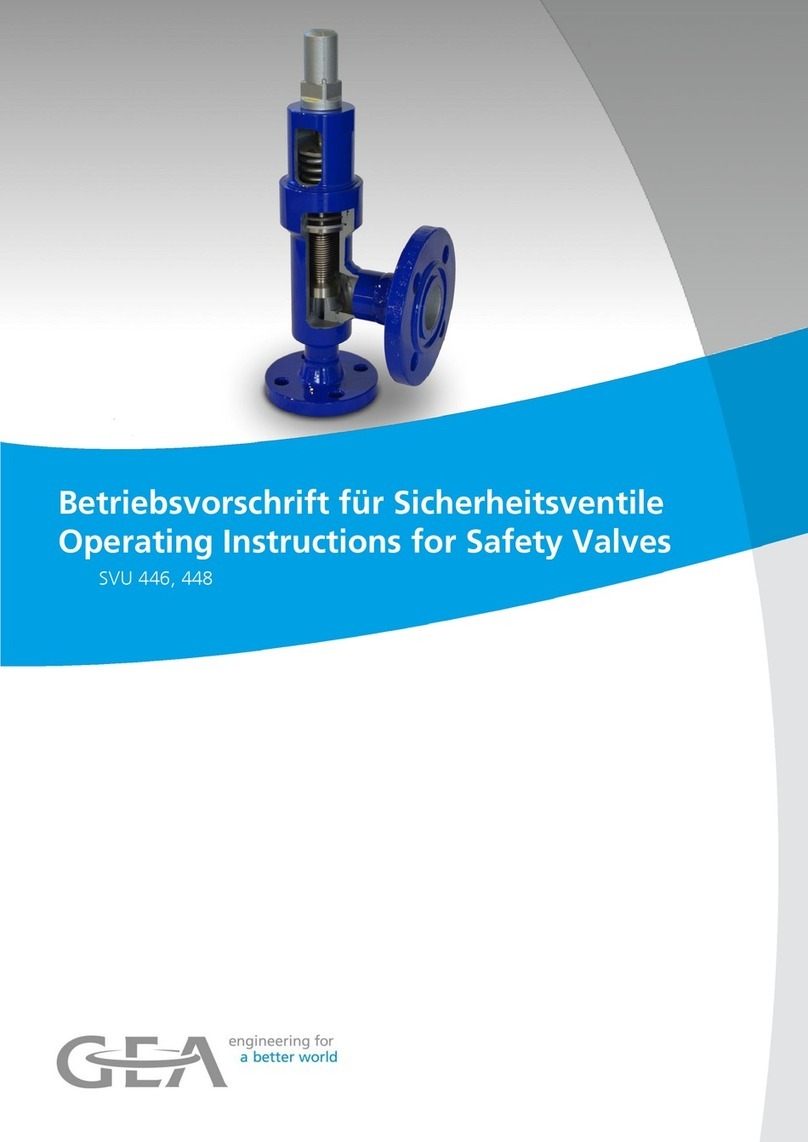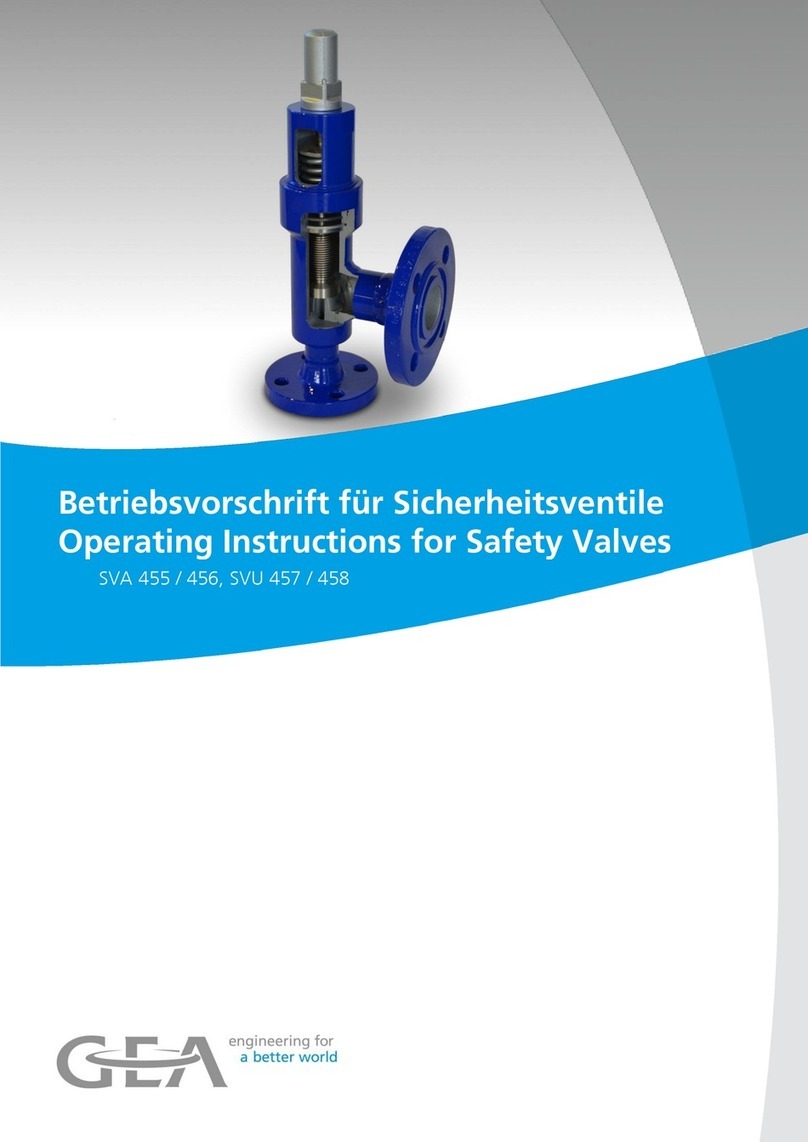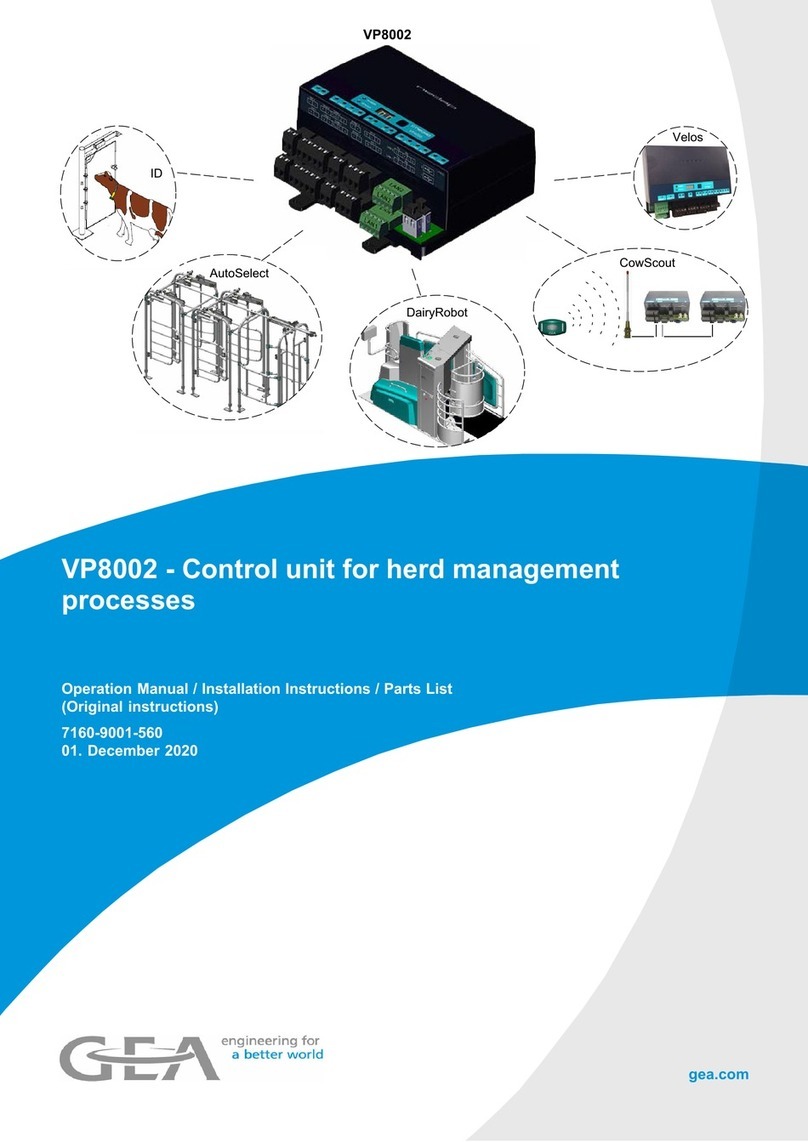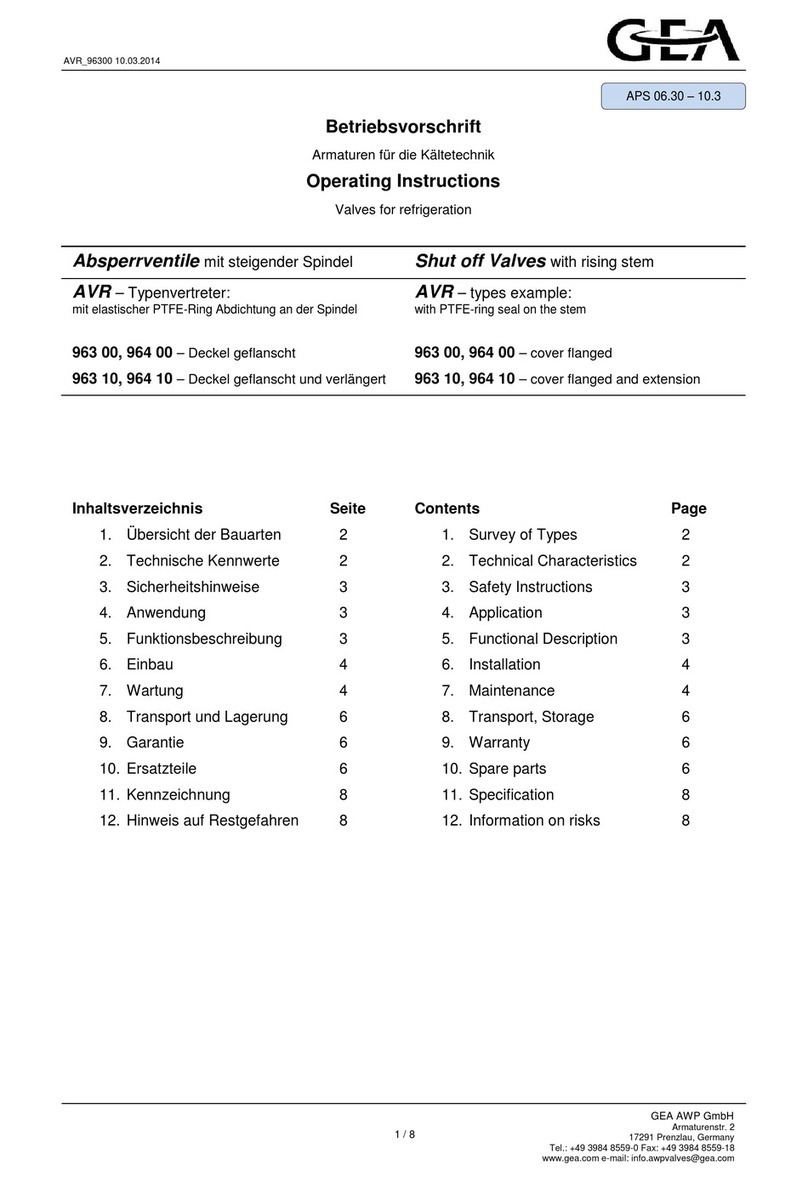1
2016-01 · Válvula de retenção de pressão DHV / Constant pressure Valve DHV 1
Índice
Introdução
Nome e endereço do fabricante ........................ 2
Identificação das válvulas Tuchenhagen ............ 2
Abreviaturas e termos importantes ...................... 3
Instruções de segurança ........................................ 5
Utilização adequada............................................ 5
Pessoal .................................................................. 5
Modificações, peças de substituição,
acessórios ............................................................ 5
Instruções gerais .................................................. 5
Identificação das instruções de segurança
no manual de instruções .................................... 6
Outros símbolos .................................................. 6
Zonas de especial perigo .................................... 7
Utilização específica ................................................ 7
Transporte e armazenamento ................................ 8
Verificar o fornecimento .................................... 8
Pesos .................................................................... 8
Transporte ............................................................ 8
Armazenamento.................................................. 8
Dimensionamento da válvula de retenção
de pressão................................................................ 9
Estrutura .............................................................. 14
Montagem e operação.......................................... 14
Posição de montagem ...................................... 14
Válvula com elementos separáveis
de união de tubos ............................................ 15
Válvula com bocal de soldar ............................ 15
Conexão pneumática ........................................ 16
Colocação em funcionamento.......................... 16
ffff .......................................................................... 17
Avarias, causas, soluções ...................................... 19
Manutenção .......................................................... 19
Inspecções .......................................................... 19
Intervalos de manutenção ................................ 20
Antes de desmontar .......................................... 21
Desmontagem .................................................. 21
Manutenção........................................................ 22
Montagem .......................................................... 23
Dados técnicos ...................................................... 24
Conexões de tubos – Sistema VARIVENT®........ 25
Ferramenta/lubrificante ....................................25
Resistência dos materiais de vedação .............. 26
Anexo
Lista de peças de substituição/ficha de dimensões
Declaração de incorporação
1
Contents
Introduction
Manufacturer’s name and address .................... 2
Identification of Tuchenhagen valves ................ 2
Important Abbreviations and terms ...................... 3
Safety instructions .................................................. 5
Designated use .................................................... 5
Personnel.............................................................. 5
Modifications, spare parts, accessories .............. 5
General instructions ............................................ 5
Marking of safety instructions in the
operating manual................................................ 6
Further symbols .................................................. 6
Special hazardous spots ...................................... 7
Designated use ........................................................ 7
Transport and Storage ............................................ 8
Checking the consignment ................................ 8
Weights ................................................................ 8
Transport .............................................................. 8
Storage ................................................................ 8
Sizing of constant pressure valves ...................... 9
Design .................................................................. 14
Assembly and Operation ...................................... 14
Installation position .......................................... 14
Valve with detachable housing connections .. 15
Valve with welded connections ........................ 15
Pneumatic connections .................................... 16
Commissioning .................................................. 16
Cleaning and Passivation .................................... 17
Malfunction, Cause, Remedy................................ 19
Maintenance .......................................................... 19
Inspections .......................................................... 19
Maintenance intervals........................................ 20
Prior to dismantling the valve .......................... 21
Dismantling ........................................................ 21
Maintenance ...................................................... 22
Assembling.......................................................... 23
Technical Data ........................................................ 24
Pipe connections – VARIVENT®system ............ 25
Tools / Lubricant ................................................ 25
Resistance of the sealing material.................... 26
Annex
Spare parts list/Dimension sheet
Declaration of Incorporation
